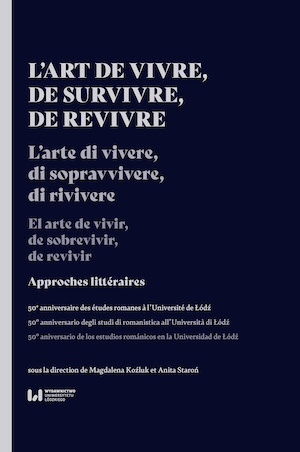L’ebrea errante. Uso popolare della "Megillat Ester" a Roma dopo Shoah e Liberazione
The Wandering Jewess: Post-Holocaust Popular Use of the Scroll of Esther in Rome
Author(s): Davide Artico
Subject(s): Language and Literature Studies, Literary Texts, Studies of Literature
Published by: Wydawnictwo Uniwersytetu Łódzkiego
Keywords: Scroll of Esther; Jews in Rome; Holocaust post-memory
Summary/Abstract: The paper main theme is Esther in Purim parodies. As a study case, the Jewish community in Rome is taken into consideration. In spite of the relatively small numbers of Holocaust victims among the Italian Jews, the traumatic memories of persecution were well present in the survivors’ awareness. In the early post-war years, they felt a pressing need to pass on their knowledge of the Holocaust to the younger. Apart from academic papers and literary works of import, a number of popular texts appeared. One example is a version of the Tale of Purim written around 1950. The narration carries on the Italian tradition of Aggadah-style literature, and its language makes it one of the latest documents featuring idioms of the now forgotten Jewish-Roman dialect. In the tale, the Holocaust is referred to by equalling Hitler to the persecutor of the Jews as of Megillath Esther. In that fashion, Esther as a literary character wanders from the ancient religious discourse to the extra-literary actuality.
- Page Range: 403-412
- Page Count: 10
- Publication Year: 2022
- Language: Italian
- Content File-PDF

